
Have Chinese Steel Prices Bottomed Out?
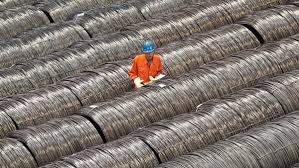
After entering November, Chinese domestic steel prices have turned down sharply, particularly that the recent decline has significantly expanded, and there is no sign of rebound, which has caused the industry to worry. Both the steel mills and traders are facing a test.
The price of construction steels has fallen sharply. The average price of rebar and wire rods has dropped by 7% and 8.1% respectively from November 12 to 16.
According to the monitoring data, as of November 23, the average price of rebar Φ25mm in the top 10 key cities in China was RMB 4,000-4,210, down RMB 285 from November 16, which was RMB 442 lower than the same period of last month; the institutional steel price index reached 154.6 point, down 4.61% from the same period of November 12-16, and down 9% from the same period of last month.
In addition, black futures plunged across the board last week, and rebar futures posted a four-month low, decrease rate of which was greater than HRC. The main contract prices of rebar and HRC futures fell 6.7% and 4.1% respectively from November 12-16.
Prices likely to stabilize- CISA
Li Xinchuang, vice president of China Iron and Steel Association (CISA) and president of the Metallurgical Industry Planning and Research Institute, believes that the main reason for the continued decline in steel prices is the lack of confidence in market expectations. The downward pressure on economic growth has increased, the growth rate of real estate investment has declined, and the downstream steel demand decreased. However, as steel prices are still at a high level, companies that are making lucrative profits had blindly expanded output, resulting in an overall oversupply.
According to China Iron and Steel Association, the profit growth of the entire steel industry in the first three quarters of this year exceeded 70%, and the output of crude steel and finished steel increased by 6.07% and 7.21% respectively. Particularly, the average daily output of crude steel in September reached a record high, and of the output increased,75% are from non-member companies, and the problem of overcapacity in steel sector has not been completely solved.
“Although the overall investment has a downward trend, the total investment remains high, and the demand for steel is also high.” Li Xinchuang admits that there is room for decline in steel prices and profits, but there will be no significant decline. In the next step, it is still necessary to continue to deepen the structural reform of the supply side, consolidate the steel de-capacity outcome, establish a long-term mechanism to prevent overcapacity, prevent the rebound of capacity and the resurgence of sub-standard “strip steel”.
Along with the sharp drop in steel prices and the slowdown in downstream demand in the northern winter, many steel mills have cut production and are preparing for clearance shipments. Steel traders are not very motivated to get goods, and the wait-and-see attitude becomes stronger.
He believes that the steel industry should pay special attention to the risks of production, price changes and supply and demand balance, continue to prevent and solve new production capacity and prevent the resurgence of sub-standard “strip steel”. Attention should also paid to avoid “one size fits all” practices in environmental protection and production limit, blindly promoting the relocation of steel plants and establishing no-steel cities(districts, counties) and high leverage risks in steel capacity and high quality development.
Market Comments
Prices fall on de-stocking: The General Manager of a private steel mill in Tangshan, Hebei, told the Economy Observer Online that “the steel price has been falling, and the profit per ton of steel is now less than RMB300. The downstream demand is not enough, but we have considerable inventory, so we urgently need to make shipment as soon as possible."
Liquidity is an issue: A steel trader from Hengshui,Hebei province told the Economic Observer Online: "There are many peers who lost money or even shut down in the second half of this year. Although steel mills have higher profits, steel traders have little profit, and the capital chain often has problems. If funds get stuck somewhere in the chain or the downstream debts are considerable or the delay is longer, it will greatly affect the normal operation."
Environmental protection policies: The sales head of a large steel mill from Taiyuan, Shanxi, admitted to the economy observer Online that compared with the same period of last year, the local environmental protection on production limit was not so strict this year. Our steel mill blast furnace is running full capacity, and the profit is not bad. However, the recent decline in steel prices has affected our profit growth and sales. Next, we will shut down some blast furnaces according to market demand and reduce production.
Prices have over corrected: Zeng Jiesheng, chief analyst of Ouye Yunshang, told the Economy Observer Online that although the steel price has fallen more than expected, the fundamentals of the industry are not so bad. The market is always like this: the rise will overshoot and the fall will go too far. In the short term, there is no sign for a halt of falling, and the accumulation of negative factors will cause supply and demand to develop in an unfavorable direction. It is expected that the steel market will continue to operate in a weak position. The decline in raw materials will drive steel prices down, but the steel market is also nearer to be stabilized.
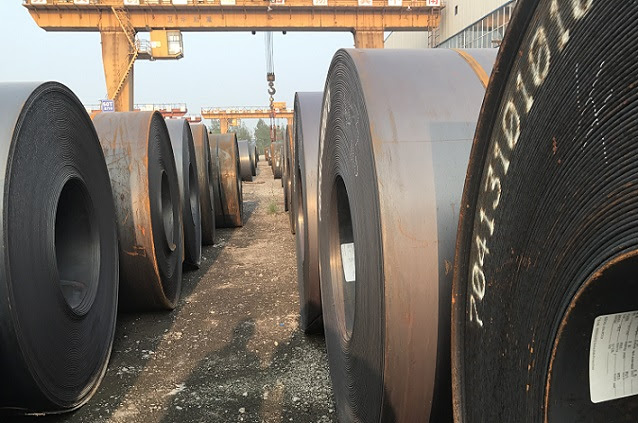


Chile’s 2025 vote puts mining sector’s future on the line

Gold price could hit $4,000 by year-end, says Fidelity

Copper price hits new record as tariff deadline looms

Brazil producers look to halt pig iron output as US tariff threat crimps demand

Column: EU’s pledge for $250 billion of US energy imports is delusional

US targets mine waste to boost local critical minerals supply
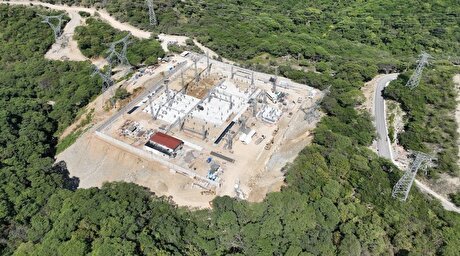
Torex Gold buys Prime Mining in $327M Mexico expansion

Glencore workers brace for layoffs on looming Mount Isa shutdown

Gold price retreats to near 3-week low on US-EU trade deal
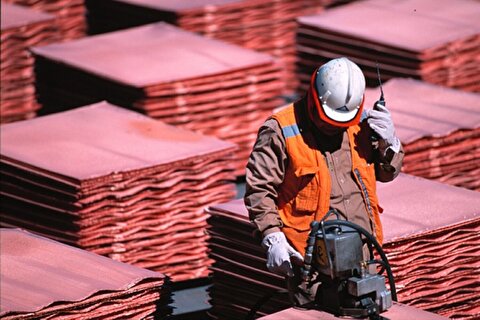
Copper price collapses by 20% as US excludes refined metal from tariffs
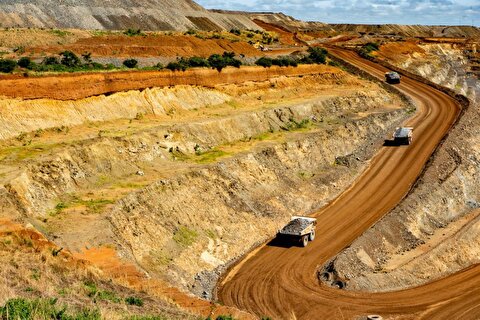
B2Gold gets Mali nod to start underground mining at Fekola

St Augustine PFS confirms ‘world-class’ potential of Kingking project with $4.2B value
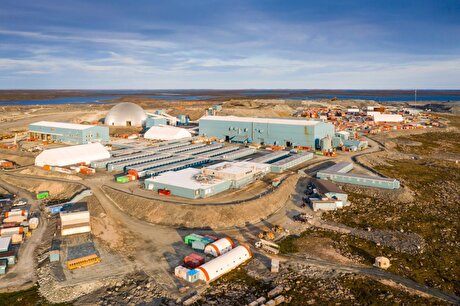
Agnico stock rises on record quarterly profit, free cash flow

EnergyX expands US Smackover acreage to cut lithium costs
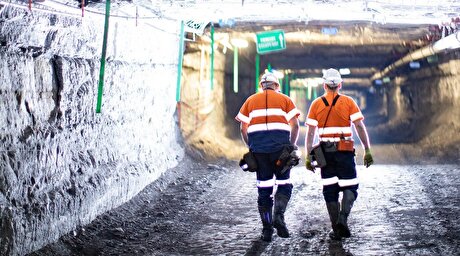
Anglo American posts $1.9B loss, cuts dividend
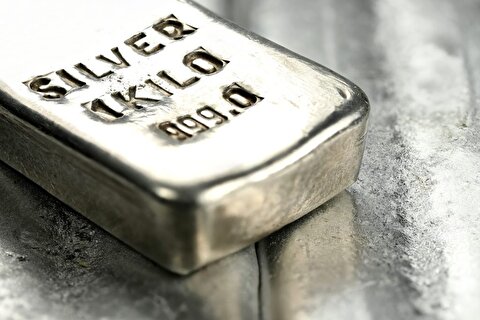
Silver remains attractive investment, with potential ‘squeeze’ scenario: Sprott
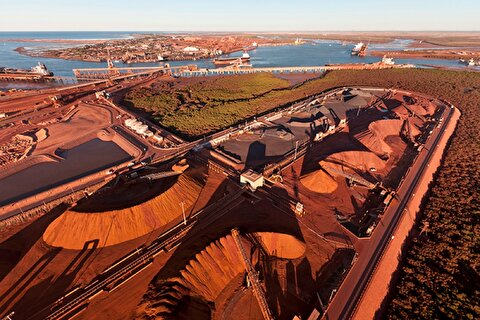
The world’s biggest iron ore windfall is fading for Australia
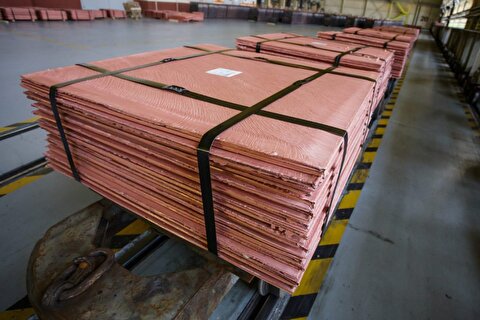
Trump tariff surprise triggers implosion of massive copper trade

Maxus expands land holdings at Quarry antimony project in British Columbia

Copper price collapses by 20% as US excludes refined metal from tariffs

B2Gold gets Mali nod to start underground mining at Fekola

St Augustine PFS confirms ‘world-class’ potential of Kingking project with $4.2B value

Agnico stock rises on record quarterly profit, free cash flow

EnergyX expands US Smackover acreage to cut lithium costs

Anglo American posts $1.9B loss, cuts dividend

Silver remains attractive investment, with potential ‘squeeze’ scenario: Sprott

The world’s biggest iron ore windfall is fading for Australia

Trump tariff surprise triggers implosion of massive copper trade














